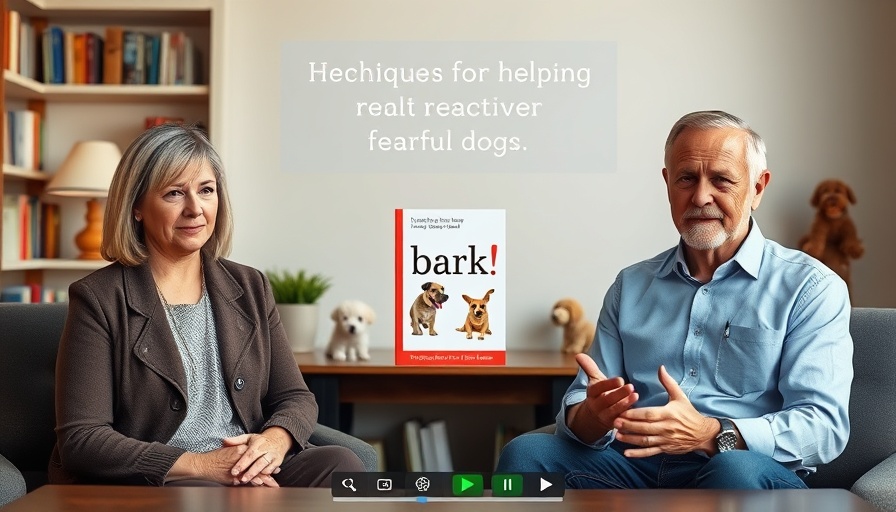
Understanding Your Reactive or Fearful Dog
As dog owners, it’s disheartening to see our furry companions struggle with fear and anxiety. Whether it's due to past trauma, lack of socialization, or certain stimuli, a reactive or fearful dog can put a strain on both their lives and ours. Understanding the underlying causes of their behavior is the first step towards helping them.
Many dogs display signs of fear when exposed to unfamiliar people, loud noises, or other animals. These signs can include excessive barking, cowering, or even aggression. Recognizing and interpreting these signals is crucial for creating a more harmonious environment.
Building a Safe Environment for Training
Creating a safe and positive environment is vital to helping a fearful dog. This involves not only managing their surroundings but also ensuring they feel secure in their home. Setting up boundaries and providing a safe space—like a cozy crate or a quiet corner—can facilitate their confidence.
In addition, socialization must happen gradually. Introduce your dog to new situations slowly, allowing them to control their experience and escape when they feel overwhelmed. Using patience to teach them that the world is not a scary place will yield the best results.
Effective Training Techniques for Reactivity
Implementing effective training techniques can help alleviate a dog’s fear and reactivity. Positive reinforcement is one of the most successful methods. It involves pairing fearful situations with their favorite treats to create a positive association. Start small—perhaps at a safe distance from whatever scares them—and reward calm behavior.
For instance, if your dog is afraid of strangers, practice approaching a friend from a distance where your dog feels comfortable. Use high-value treats to reward your dog for remaining calm. Gradually decrease the distance over time, allowing your dog to approach at their pace.
Utilizing the Right Treats and Resources
Finding the right treats plays an essential role in this training process. Look for high-value, soft treats that are flavorful enough to capture your dog’s attention. When you're out and about, make sure to always keep some treats handy; you never know when you’ll face a trigger!
The book Bark! The Science of Helping Your Anxious, Fearful, or Reactive Dog by Zazie Todd is a valuable resource. It provides insights into the science behind canine behavior, including effective training methods tailored for anxious dogs.
Encouraging Positive Activities Together
Involving your dog in enjoyable activities can help build confidence and reduce fear. Finding classes tailored to reactive dogs or participating in activities like obedience training or agility can have profound benefits. Moreover, it fosters the bond between you and your canine companion.
Your dog's journey doesn’t have to be taken alone; consider joining local groups. Various community trainings and socializations are designed for reactive dogs, offering support and camaraderie among owners facing similar challenges.
Beyond Training: Mental and Physical Stimulation
Physical activity is crucial for reducing stress in dogs, but mental stimulation is equally important. Engage your dog with puzzle toys, scent games, or simple training exercises. These activities can distract them from their fears while enhancing their problem-solving skills.
The Community Connection: Sharing Stories and Support
Sharing experiences and finding support within local communities can make a significant difference as you navigate this journey with your dog. Whether through social media, local community forums, or dog clubs, connecting with others fosters a sense of solidarity and helps you find encouragement.
Those heartwarming stories—of a pup overcome by fears, learning to trust and bond with its owner—can inspire hope and bolster your resolve as a caregiver. Participate in discussions, share insights, and remember, you aren't alone!
Call to Action
Your relationship with your dog can blossom as you help them confront their fears. By investing time in understanding and training, you’re not just easing their anxiety—you're deepening the bond you share. Start implementing these strategies today, and witness the transformation in your beloved companion!
 Add Row
Add Row  Add
Add 




Write A Comment